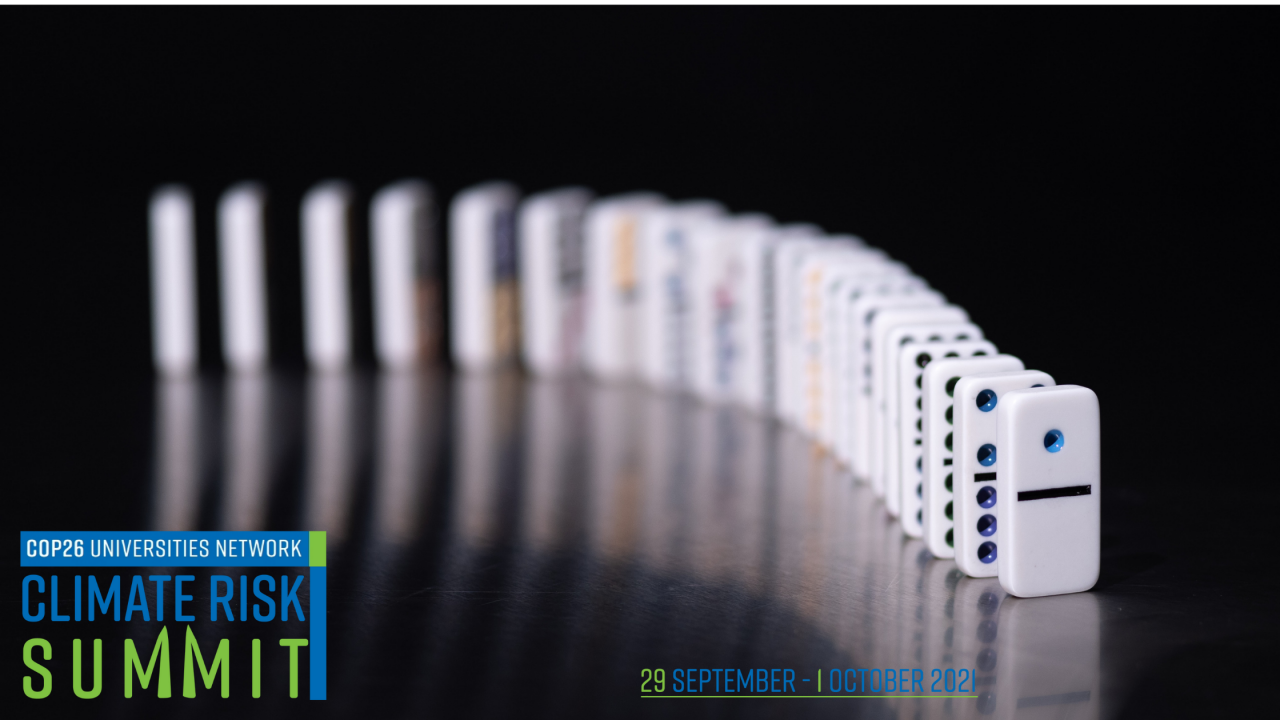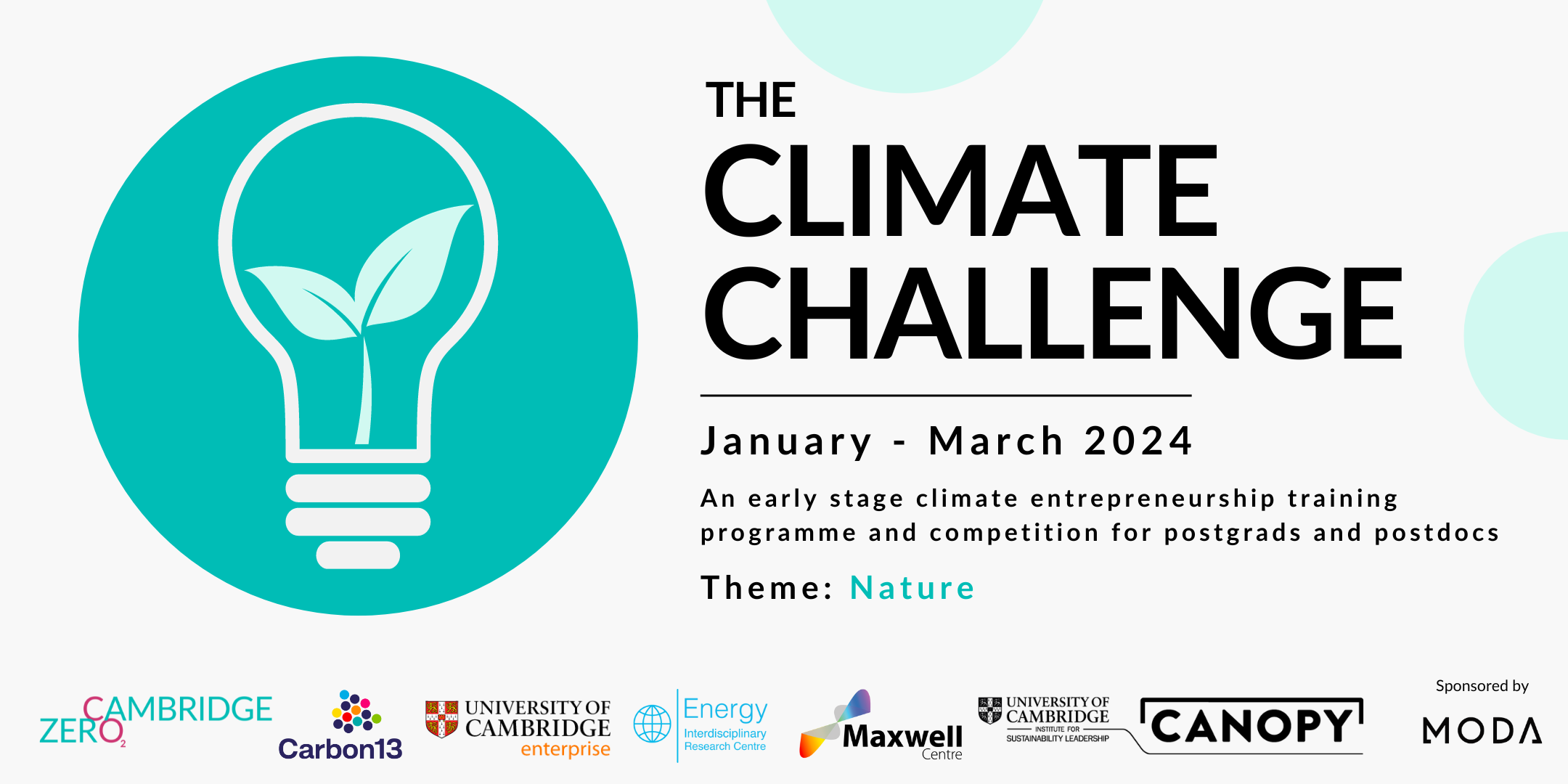In 2010, a summer heatwave scorched Russia. Driven by Arctic warming, the heatwave led to substantial crop declines. Russia set an export ban on cereals, and global cereal prices spiked. Use of food banks in the UK increased by 50%. The surge in prices was a contributor to riots and regime change in Egypt.
Professor Illona Otto from the University of Graz offered this as one example of how cascading climate risks are not a hypothetical threat. They are already happening.
Cascading climate risks are a relatively neglected topic. They have no definition under the Intergovernmental Panel on Climate Change (IPCC). Most simply refer to these as one climatic impact or trend triggering and/or amplifying other risks, including through maladaptive societal responses.
Cascading risks are a topic of increasing study. Professor Aled Jones at the Global Sustainability Institute showed his ‘Chaos Map’: how food, water and energy insecurity can drive societal violence. Dr Daniel Quiggin highlighted in a recent risk assessment for Chatham House that, by 2030, 400 million people won’t be able to work outside due to heatwaves, leading to wider economic impacts including heightening unemployment and inequality. Dr Ellen Quigley at the University of Cambridge contended that the prevalence of risk cascades in the finance system means that large institutional investors can no longer rely on protecting their portfolios in a piecemeal fashion: they must protect the stability of the entire global system. The four experts spoke at a panel for the Climate Risk Summit hosted by the COP26 Universities Network on the 29th of September.
There was consensus that putting precise numbers on the severity or probability of different risk cascades is inherently difficult, if not impossible. Most attempts at modelling risk cascades use expert elicitation or system dynamics maps. They do not look to make numerical forecasts. Unfortunately, the unenviable task of quantifying these risks will still almost certainly be done, most notably for insurance products. While accurately quantifying such risks may be impossible, the panel highlighted that understanding both the pathways as well as thresholds for societal tipping points was feasible and important. Despite this, both Drs Quiggin and Quigley noted that modelling should not be a distraction from immediate actions to decarbonise and build resilience. Time is too short.
The panellists also agreed that, even without discrete predictions, we can improve resilience towards risk cascades. Inequality was repeatedly flagged as critical. Climate disasters are more likely to amplify outbreaks of armed conflict in ethnically divided countries, while wealth inequality appears to be correlated with trust in democracy, how countries have handled COVID-19 and many social ills. This is not just about inequality within countries. Dr Quiggin observed that the most climatically and economically vulnerable countries, such as states in the Sahel, are likely to be the origin for many global risk cascades.
Climate risk cascades are uncertain and unsettling. The silver lining could be that resilience and climate justice go hand in hand.
This session was chaired and co-curated by Dr Luke Kemp, Research Associate at the Centre for the Study of Existential Risk,as well as Dr Erik Mackie, Engagement Manager at Cambridge Zero.




